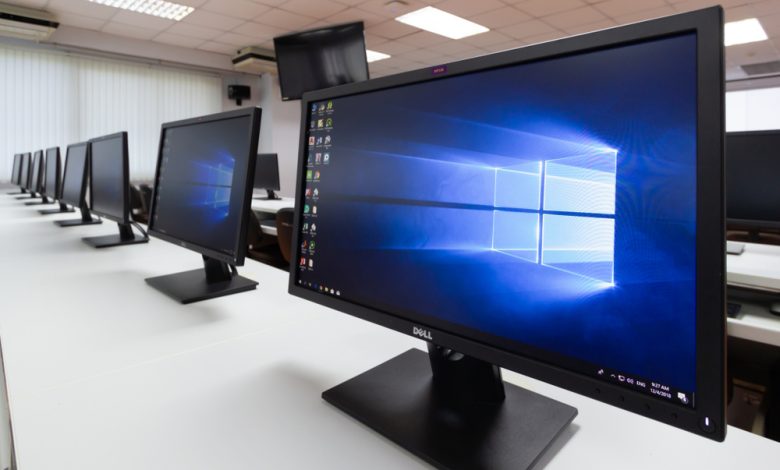What to Do if Windows 10 Doesn't Detect Your Second Monitor
Windows may not detect a second display for various reasons

Whether it is for work or entertainment purposes, more and more PC users are using two or more monitors nowadays. Some would even argue that the second monitor is mandatory for anyone who wants to use their computer comfortably.
Having a second monitor gives you an additional workspace to monitor multiple apps simultaneously without having to switch between them constantly. Not to mention that by using multiple monitors, you would be more likely to have some spare space to play a video or some other form of entertainment content that can make your workday better and even boost your productivity.
However, the more devices you have, the bigger the chance something goes wrong and an error pops up. And the worst offender of all is likely to greet you from the very beginning when you connect your monitor to the PC.
Windows may not detect a second display for various reasons. From hardware issues and driver problems to software failures and even user errors, there is a long list of tasks you need to cross out if you want to troubleshot a display-related issue.
We have prepared a comprehensive guide that will help you set up your hardware in no time. Follow along and let us know what worked for you.
Table of Contents
Check if Your Display Is Securely Connected to Your PC
While it might sound ridiculous, unplugged cables are the most common troublemakers. Unplug and plug back in all display-related cables from the back of your monitor and the ones that are connected to your computer. Listen for the "click" sound when you plug the cables in. Make sure that you have everything set before you waste your time with complicated troubleshooting.
Select the Display Setting with Keyboard Shortcuts
Users often forget to set the right Windows settings when connecting a second display. If you want to use two or more monitors, it is essential that you set Windows to display content on both of them.
- Press Windows key (Win key) + P on your keyboard.
- A side panel will visualize the following display options:
- PC screen only. This option will display content only on the main display. Your second screen will not be used.
- Duplicate. Under this setting, both your displays will display the same picture. This option is useful when you use a TV or projector to show an audience what you are doing on your computer.
- Extended. This option will use your second monitor as an extension to your main display.
- Second screen only. Under this setting, your main screen will remain turned on, and you will see content only on the second screen.
- Use Win+P to select either the Extended or Duplicate option.
Reinstall and Update Your Display Drivers
The display drivers are pieces of code that your computer uses to control your monitors. If a corrupted or missing file interferes with the driver, your computer could run into errors that will prevent you from using your hardware efficiently.
- Open the Start menu, type "device manager," and select the Device Manager app.
- In the Device Manager window, click the horizontal arrow next to Display adapters.
- Under Display adapters, right-click on the display driver and select "Uninstall" from the context menu.
- A pop-up window will ask you whether you want to uninstall the driver.
- If available, click the "Delete the driver software for this device" checkbox and then click the "Uninstall" button.
- Restart your computer. Upon system boot-up, Windows will detect the missing driver and will add it automatically.
NOTE: If there are multiple entries under Display adapters, you can uninstall all of them before restarting your computer.
Update Drivers
- Go back to the Device Manager and expand the Display adapters list.
- Right-click on the display driver and select Update driver from the context menu.
- You will be asked to choose from automatic and manual update options. Note that while the automatic option might seem convenient, it might fail to deliver the latest version of the driver if the device manufacturer didn't register the update in Microsoft's database. Consider visiting the device manufacturer's website for more accurate information.
- Follow the on-screen instructions to complete the update.
Detect the Second Display Manually
- Open the Start menu and click the Settings icon ⚙ (above the power button).
- In the Windows Settings window, select System.
- In the new window, select Display in the left panel.
- In the right panel, scroll down to the Multiple display section and click the "Detect" button.





Leave a Reply
Thank you for your response.
Please verify that you are not a robot.